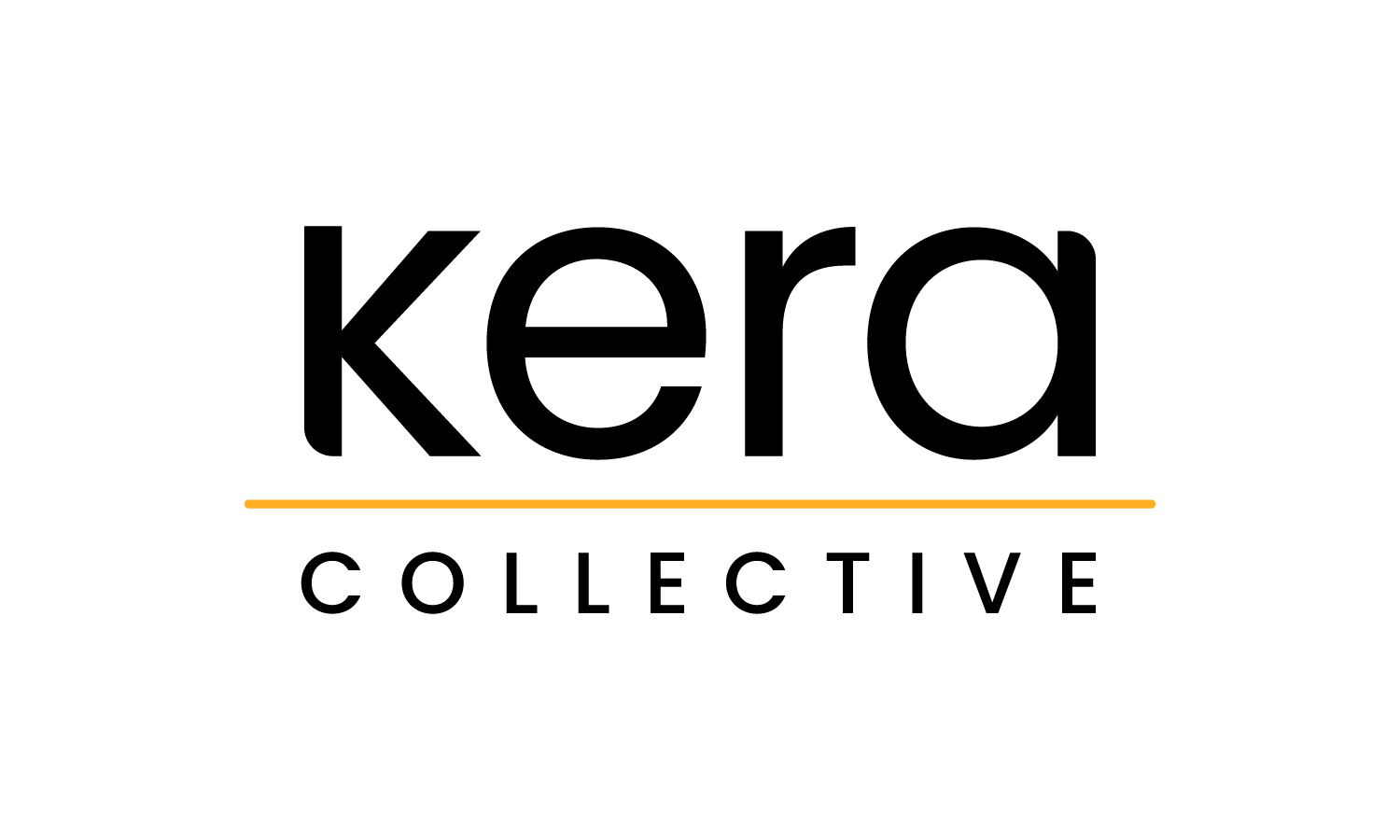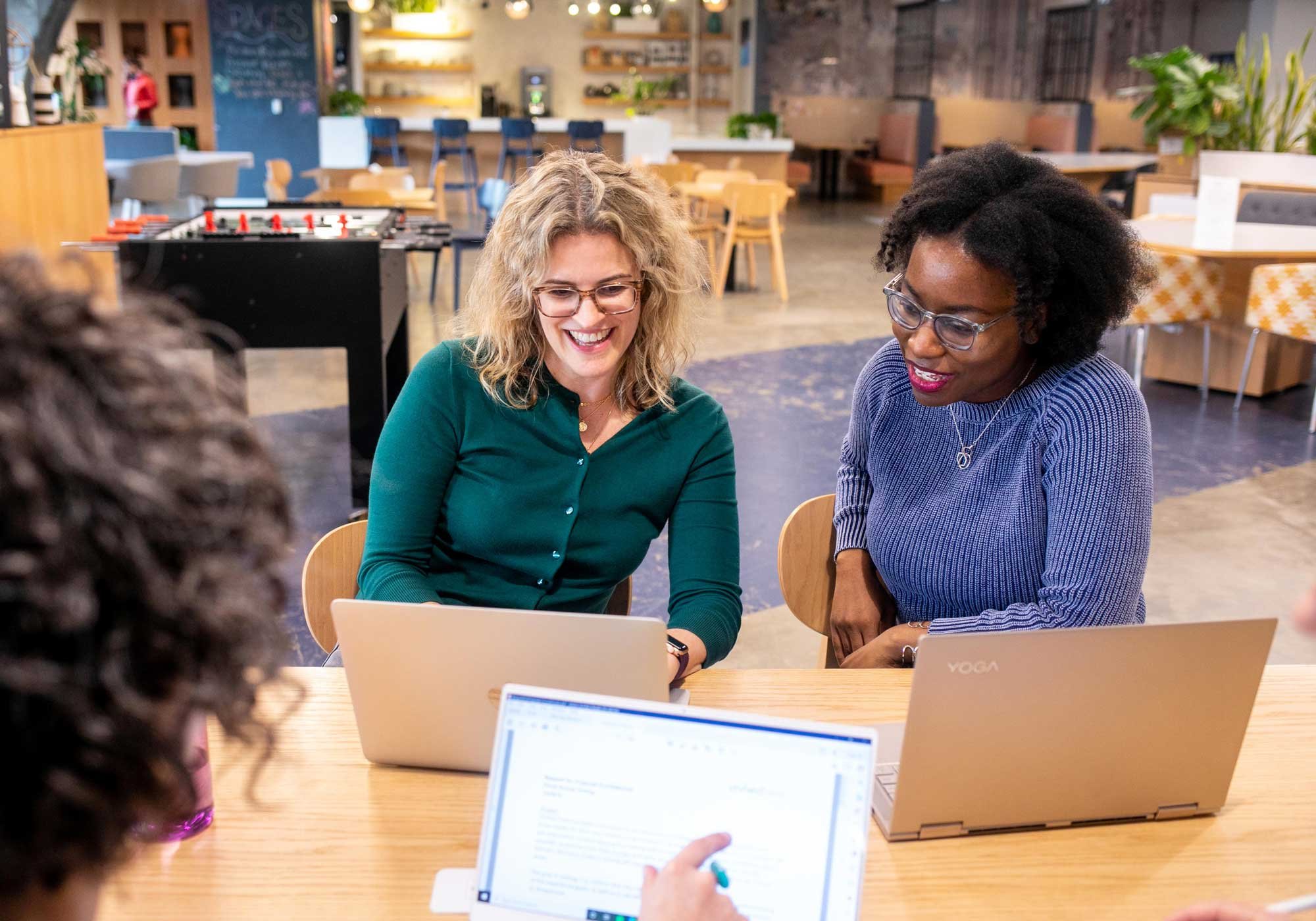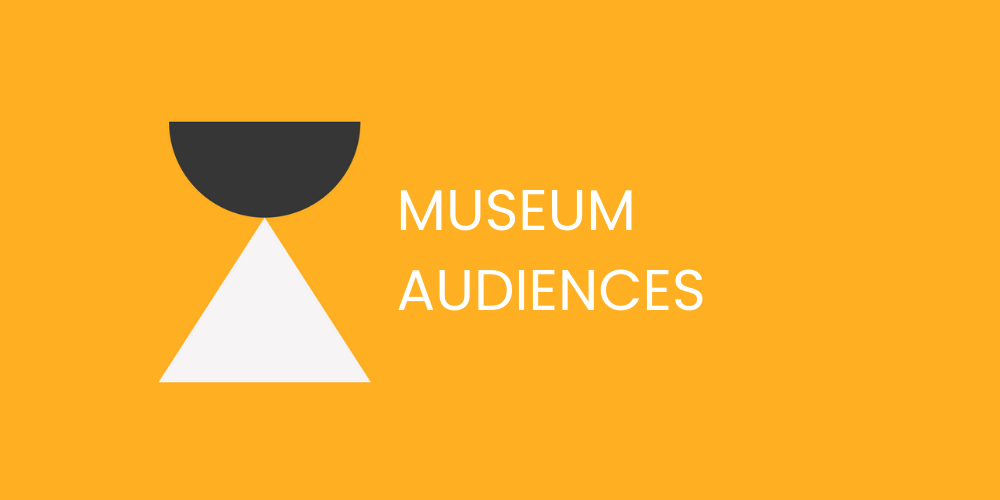
A space for our community to learn alongside us
Insights | Publications | Tools
The latest from our team
Change Below the Surface
Not all transformation and change is loud and obvious. Sometimes change is so inconspicuous that we can’t see it at all.
These three resources explore hidden forces and systems, whether in museum strategy, technological infrastructure, or political art, urging us to look beyond the surface and consider the hidden forces shaping our world.
Getting Started with Qualitative Analysis
Have you ever found yourself staring at a mountain of qualitative data, feeling like you're lost without a map? Whether it’s transcripts from interviews or focus groups, written responses from a survey or assessment, or entries in a diary study, figuring out where to start can feel daunting.
Climate Solutions: How Audience Research Helped Us Support Visitors in Envisioning Alternate Climate Realities
In this article, Katie Chandler and co-authors Jen Kretser and Stephanie Ratcliffe explain how early audience research and evaluation shaped The Wild Center's strategies and messaging as it developed a new exhibition focused on climate change solutions.
On the Lookout for Inclusive Museum Practices
We are always thrilled to find museum experiences that strive to be inclusive and human-centered.
There are many different ways to integrate inclusive practices, as illustrated by these resources that highlight three innovative approaches to inclusion: universal design, mobile exhibitions, and collaborative processes in program evaluation.
What is the Value of Audience Research?
My colleague recently asked for suggestions on resources to share with a client about audience research. We had no shortage of suggestions for resources about conducting audience research, but we lacked resources about the value of audience research for museum practitioners.
Four Steps to Confronting Orientalist Approaches in the Museum
Perhaps one of the most glaring examples of orientalism and otherization in Western art museums is the omittance of nuance, detail, and breadth in exhibitions featuring objects, art, and ideas originating from non-Western cultures. Much of this stems from orientalism. When grand art galleries have curated exhibitions with varying degrees of complexity and specificities all around European art, but just one section set aside for an exhibit that checks off the DEAI box, it is obvious that museums not only have a problem with orientalism, but that their attempts to grow beyond the confines of an imperialist and orientalist past are weak. Here are some ways for art and history museums to confront orientalist approaches when curating exhibitions and galleries on non-Western art.
An Ode to the Museum Label
After many years of appreciating from afar, I finally visited the Isabella Stewart Gardner Museum in Boston, MA, last month. Named after its founder, the Gardner Museum is a marvel of different artistic movements displayed through its collection and architecture.
Inspiration for the Visitor Experience
This month, we highlight three articles from MuseumNext®, an organization that provides cutting-edge resources and events for museum professionals around the world.
These articles offer insights into the visitor experience with suggestions for writing great wall labels and infusing play and storytelling as key ingredients.
Going with the Flow While Prototyping Exhibits
Over the years, I’ve had the pleasure of working with many design firms and museums to prototype early versions of new exhibits with visitors. Prototyping helps us understand what works well about an exhibit and what doesn’t, and the results guide us in refining exhibits so they are more engaging and effective. Some of my favorite examples include testing out a tactile map of a large National Recreation Area; a hands-on airplane seat-building challenge; interactives about climate change; a Sims-style urban-planning experience; and, most recently, a 10-foot tall Plinko-like game about natural resources.
Change All Around
Our world is rapidly changing. It feels like you could blink and miss something important. Some of the changes, like AI, feel sudden and overwhelming, while other changes, like new rules by NAGPRA to speed up repatriation, feel like they’ve been a long time coming.
Center Audiences to Find Your Purpose
When thinking about their audiences, museums too often hyperfocus on what to provide for audiences or how to attract them. They think of exhibitions, programs, marketing efforts, and membership drives. However, before jumping to what the museum plans to do or how it will do it, it’s wiser and more helpful to take a step back and consider why doing it is important and who it is for. By thinking through both the “why” and the “who,” museums can locate their purpose and make deliberate decisions with their audiences in mind, rather than heading down a rabbit hole with no clear direction.
Observing Museum Programs: A Body Based Approach | An interview with Filippa Christofalou
Observations are an important tool for evaluating museum programs from the perspective of a third party. Observations can reveal important dynamics and surprising ways a program may be addressing its intended outcomes. Observing programs in museums brings their own set of considerations, considering their logistical variations and museums’ history of exclusion.
Use Your Imagination to Disrupt Norms
It’s all too easy to reinforce the status quo. It’s exciting and powerful to challenge the status quo, to unlearn, and see anew. This month, we’re sharing resources to help you to think critically about something familiar and reimagine it from a different perspective.
How Do You Create Meaningful and Fulfilling Community Partnerships?
What makes a community partnership effective? How do you build genuine, reciprocal relationships with your visitors and local organizations? How do you work toward a common goal with your local community? I have been invested in these questions throughout my career—as an intern at museums and now as a researcher at a museum evaluation firm.
Why Interviewing is Essentially the Pursuit of Curiosity
As evaluators, we use many different methods to collect data, and one of the most-frequently used methods we use to collect qualitative (descriptive) data are interviews. Interviews take many forms depending on the context and project but what does not change is the essential element of curiosity that is built into the interview process.
Interrogating Whiteness
This month, we highlight three anti-racism resources that challenge us to interrogate whiteness.
How can design be a tool of decolonization? How can we acknowledge privilege to help us dismantle systems of inequality? What can we as individuals do to confront our biases during difficult conversations?
Three Years Later: Museum Education Remains Vulnerable
In the fall of 2020, in the midst of the pandemic, Kera Collective did a small pro bono study for the Museum Education Division of the National Art Education Association, and the results were published in the Journal of Museum Education the following year. The study was initiated as layoffs were occurring across the museum field. We suspected that more museum educator jobs were being cut or reduced than other positions in museums, so we sent out a survey to educators to gather data. Our suspicions were confirmed. You can read the full results in our article but suffice it to say the data indicated:
Expanding Accessibility in Museums: A Conversation with Ross Edelstein
We recently interviewed Ross Edelstein, a pioneer in the museum industry in creating accessibility on all levels. Ross is autistic, and brings his lived experience into the lens of his work with museums and accessibility. Below are some key themes from our conversation that are great ideas to incorporate into your own accessibility work.
Contradictions and Complexity
As researchers who study how museums serve their audiences, we often encounter contradictions in how people make meaning from experiences. Humans are complicated and often grapple with conflicting beliefs, attitudes, or behaviors.
This month, we share some resources that explore this complexity from a few different angles.
How We Keep Projects Organized (and How You Can, Too)
At Kera Collective, we average around 20-30 active projects at a given time, of varying size and scope. As a small team, people often ask us how we handle so much work at once. The short answer? We prioritize staying organized.










